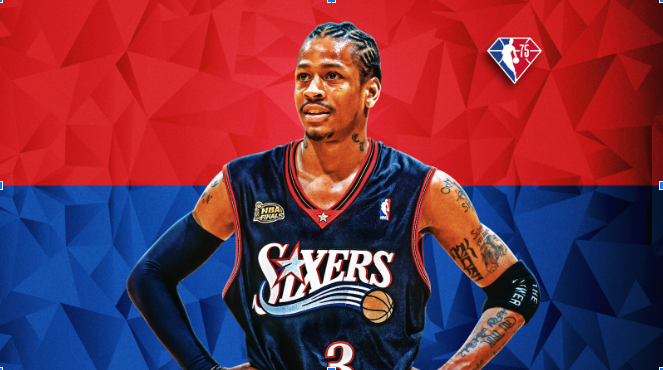NYC to visiting marathon runners: bring your money
Globe-trotting marathon runners have lots of races to choose from, but New York’s version is a cash cow fueled by the lure of an all-around experience like no other.
The world’s most famous marathon dates back to 1970 and then featured just 127 people running around Central Park. But now it is a money-generating behemoth.
More than 260,000 tourists are expected, with total revenue of around $415 million from an event that over the years has become one of the Big Apple’s top draws for visitors.
Some 51,000 people are signed up to run in this year’s edition on Saturday, around 30 percent of them foreigners. They get a spot if they are lucky in a lottery, and then pay up: $255 for American runners, $347 for foreigners.
And the visiting runners often have little option but to turn to tour operators to buy package deals that include the sought-after runner’s bib.
These deals rarely cost less than $2,750, depending on how long the visiting runner stays and where they sleep at night.
The hemorrhaging of money begins as soon as they get to New York.
Bibs are picked up at a cavernous reception hall where hundreds of vendors are stationed with wares to equip runners and sustain them during the 26.2-mile (42.2-kilometer) grind.
Then there is the sight-seeing and shopping that are almost an essential part of the New York experience.
But for most visiting runners, it’s all worth the trouble. Since 1976, the race course goes through all five of the city’s boroughs for a sweeping New York rush and the electric atmosphere is considered one of a kind.
“It is the pinnacle of marathons,” said Valerie Merle-Darcourt, a French runner who traveled to New York with five friends, even though she feels the trip is a pain and there is so much emphasis on money.
“I ran the New York marathon five years ago, and I have run nine marathons in all,” said Rob Elliott, who came from London with his wife Leonie.
“New York was the best one out of the nine I did, purely from the atmosphere, the support from the people that makes it special.”
Paul Diver, originally from Belfast but living in California with his wife and two daughters, said the trip will cost his family at least $5,000. But Diver said the atmosphere along the course is so fabulous he would not miss this race for anything in the world.
“New Yorkers cheer you by your name if you have your name on the bib. When you arrive in Queens or the Bronx, they shout ‘Welcome to Queens,’ ‘Welcome to the Bronx,'” Diver said.
He added: “You get to see the real New York, and you see a softer side of New Yorkers.”
Francesco Ciancimino, an Italian, said he has already spent more than 5,000 euros to come to New York from Rome with his wife Donatella.
He said he had to run the New York marathon at least once in his life to enjoy the cheering crowds and views of Manhattan.
As the race is so wildly popular, it is not surprising that charities associate themselves with it to raise money.
They have been able to do this for the past ten years and in that time have raised more than $200 million, including $33 million last year. The charities do this by selling special bibs for thousands of dollars.
The marathon’s organizer, New York Road Runners, which also manages smaller races over the course of the year, will not say how much money it makes off the race from things like sponsorship deals and television rights. The race is carried live in 125 countries.
Forbes magazine has reported that in 2013 it cost around $35 million to stage the race and that revenue from it totaled $73 million.
It said the former chair of New York Road Runners, Mary Wittenberg, earned $600,000 a year until she left the position in 2015.


